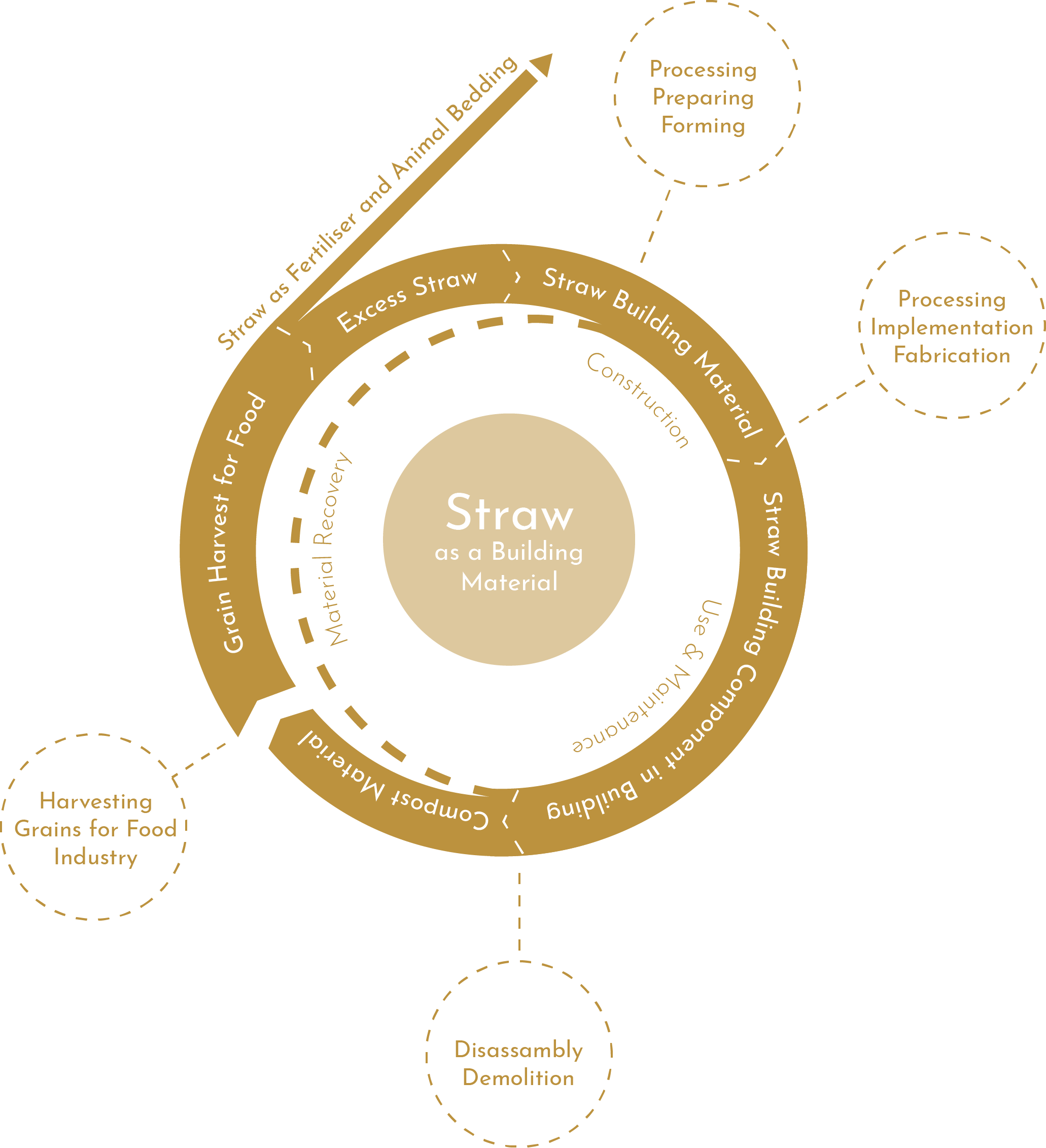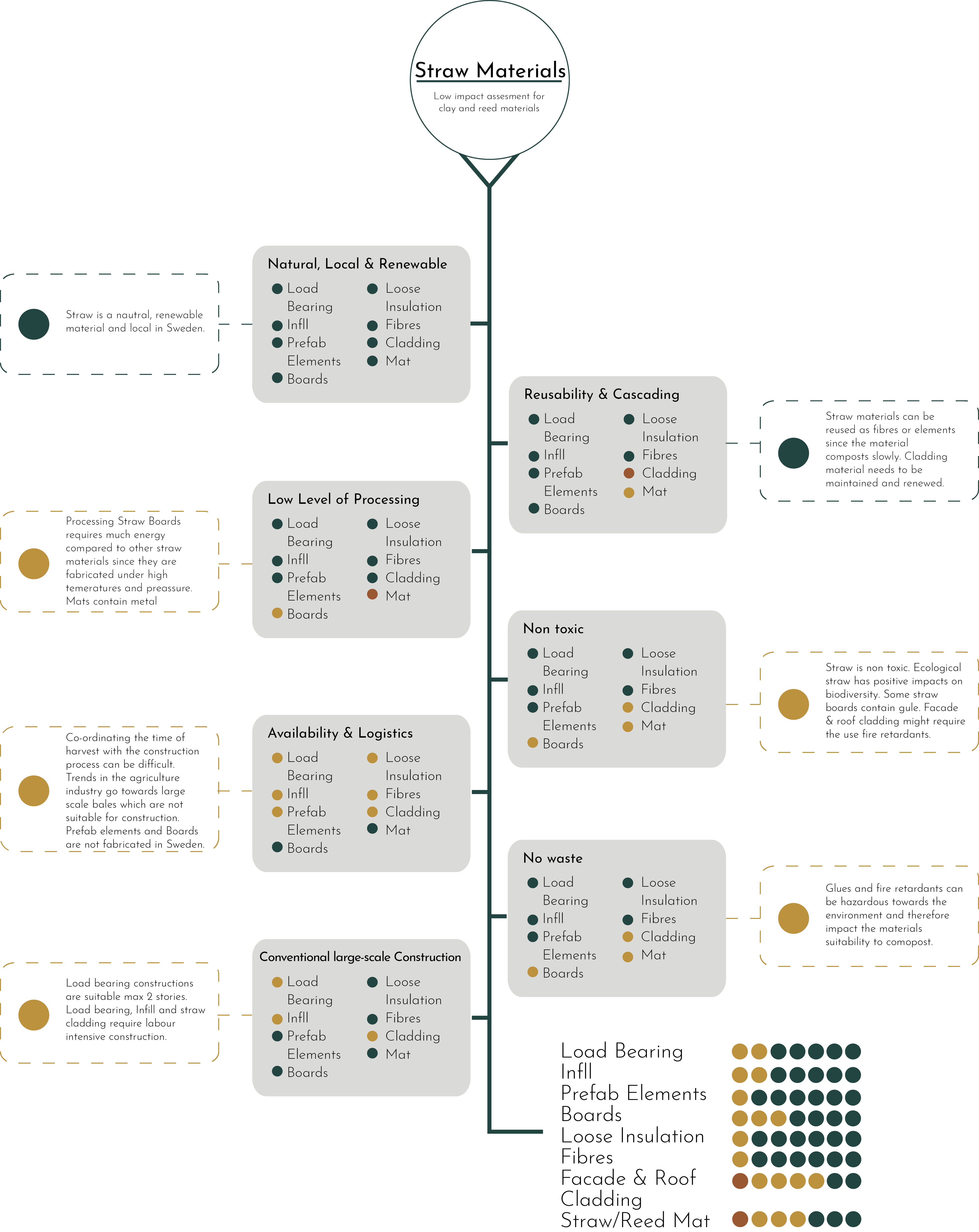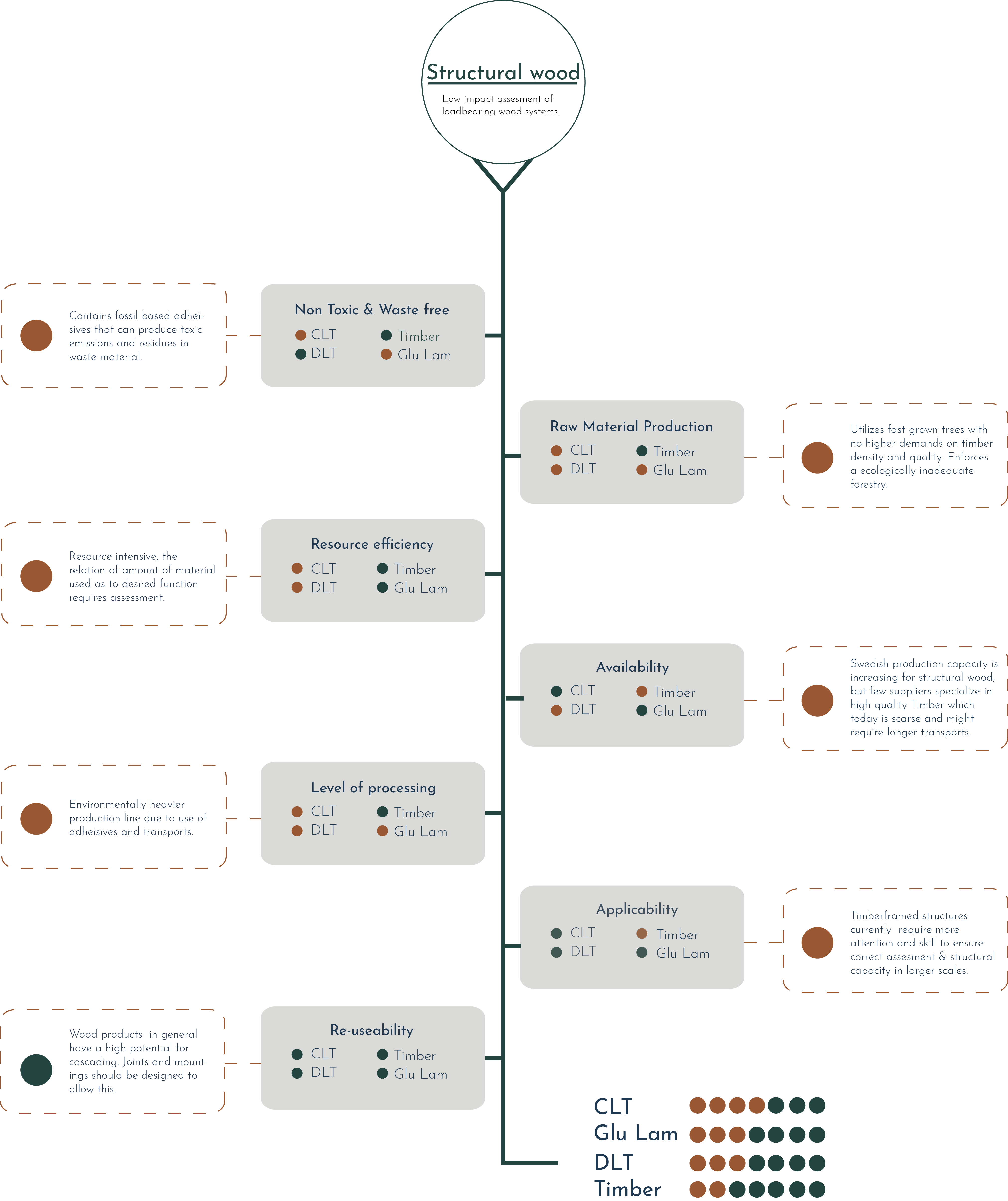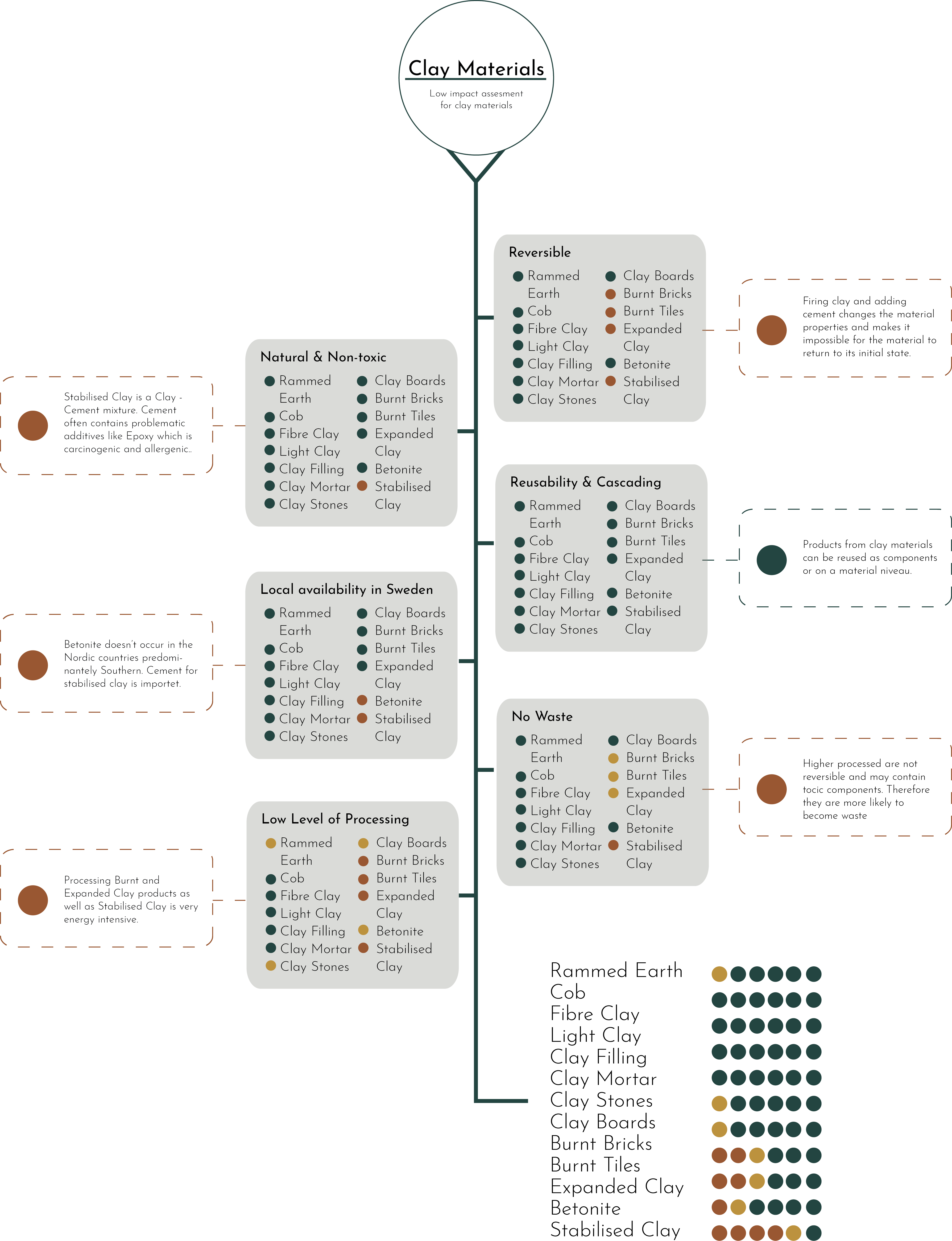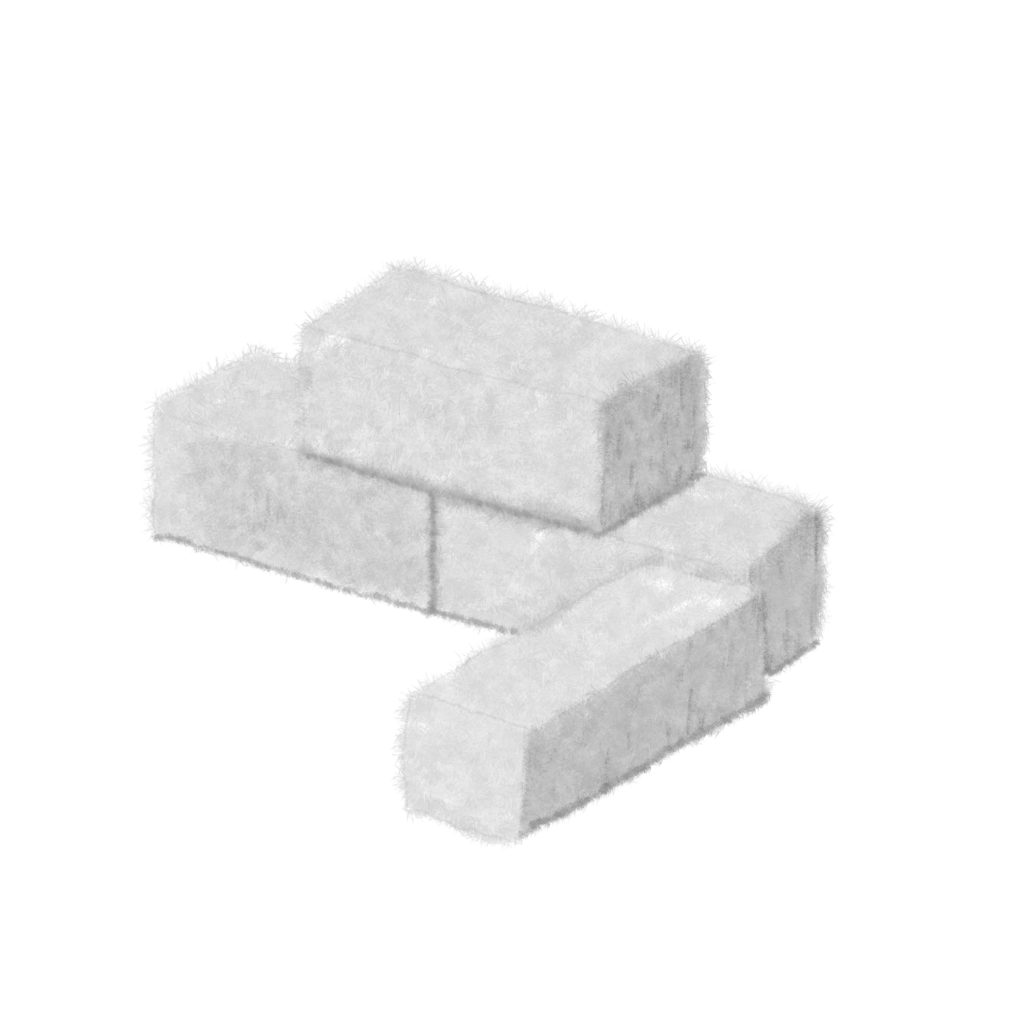Low Impact Materials
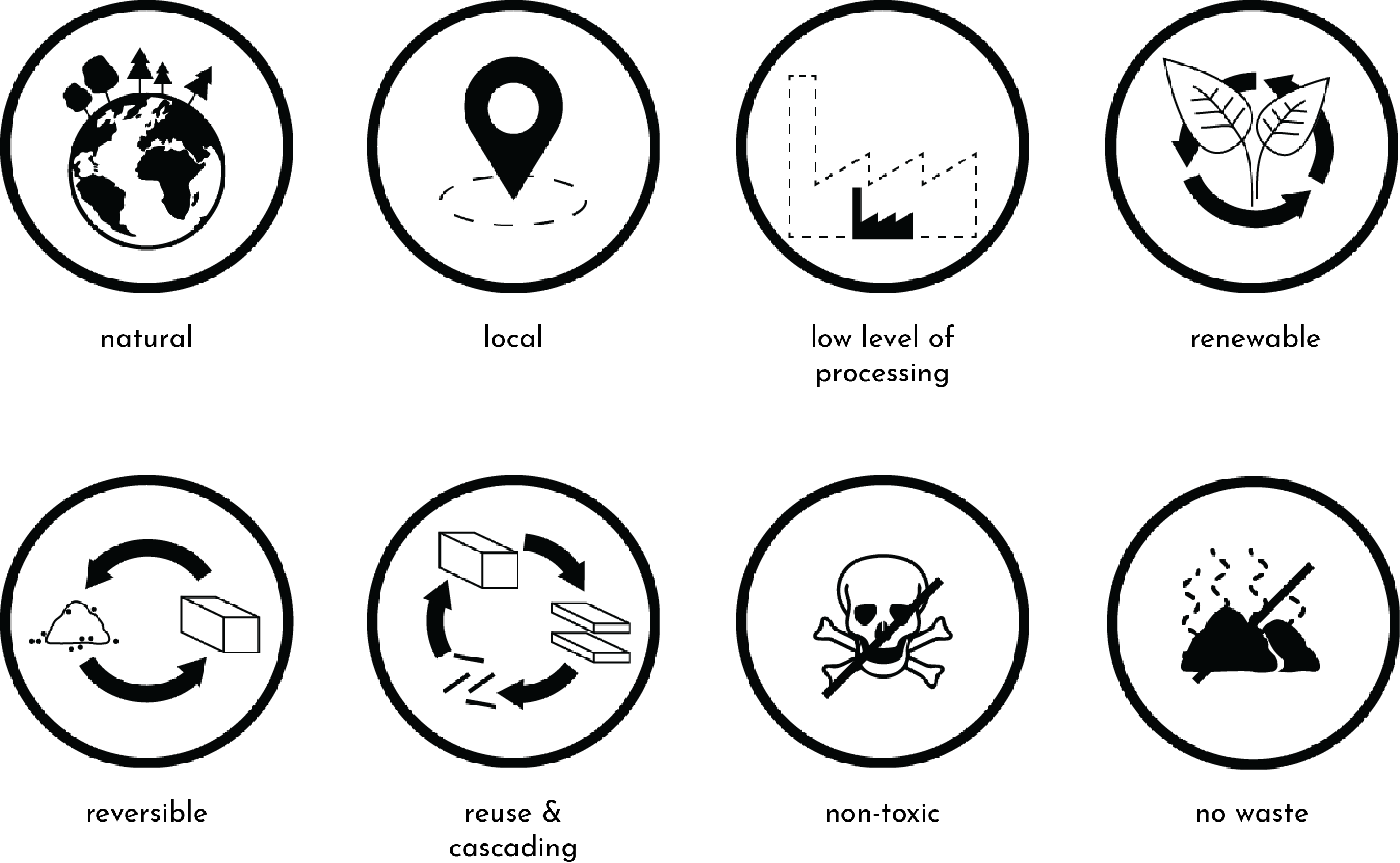
Material criteria
For this project, Low impact materials are defined as materials that occur in nature, are locally available in Sweden, are non-toxic and require a low level of material processing. They can be reused, are suitable for cascading and have a low potential to create waste. Wood, Clay and Straw are materials that fulfil these criteria. Wood and straw are renewable materials. They can simply compost after use and regrow in nature. Clay’s hardening and softening process is reversible and means that the same material can be continuously reused.
Low Impact Materials have the potential to follow the principles of the Circular Economy and Regenerative Design, since they can continuously be reused or renewed and have a minimum impact on the environment during their whole life-cycle.
Implementing Low Impact Materials in contemporary construction will drastically lower the building industries impact on our planet. It is the measure we so urgently need to stay within the Planetary Boundaries, to reach the Sustainability Goals and to secure a sustainable future.
Wood
“We got concrete, then came buildings made of concrete, concrete buildings, then came the revival of wood, then came concrete buildings of wood“ (Mattias Delin, 2019)

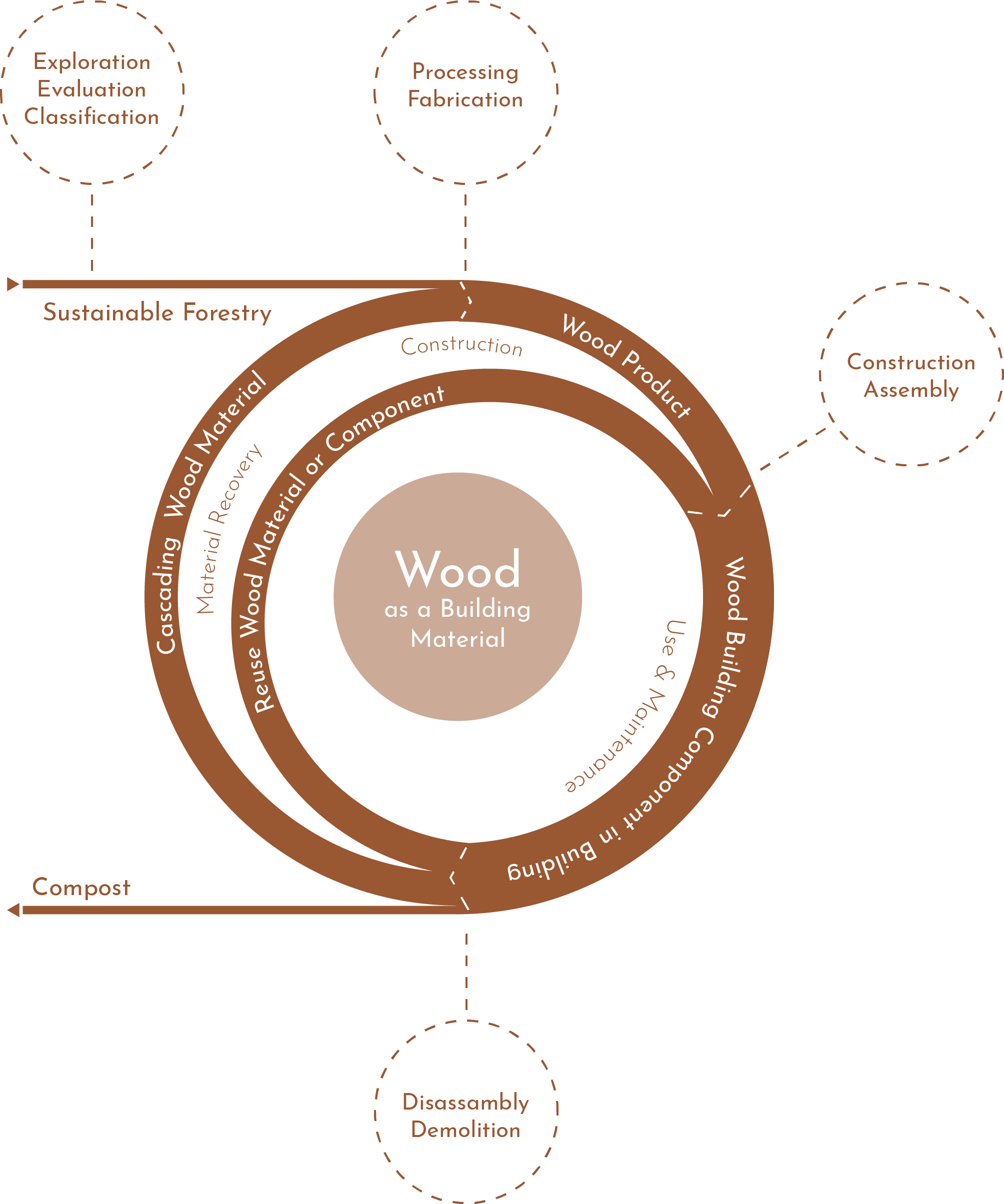
Clay
“The envelope that surrounds us should be able to breathe and diffuse in the same way as our bodies. My buildings are therefore deliberately not encapsulated, sealed, or made smooth with synthetic or high-density, energy-intensive materials; rather, they are assembled and finished in raw form, like sushi – left uncooked!”
Martin Rauch, clay expert (Sauer, 2015, p. 9)

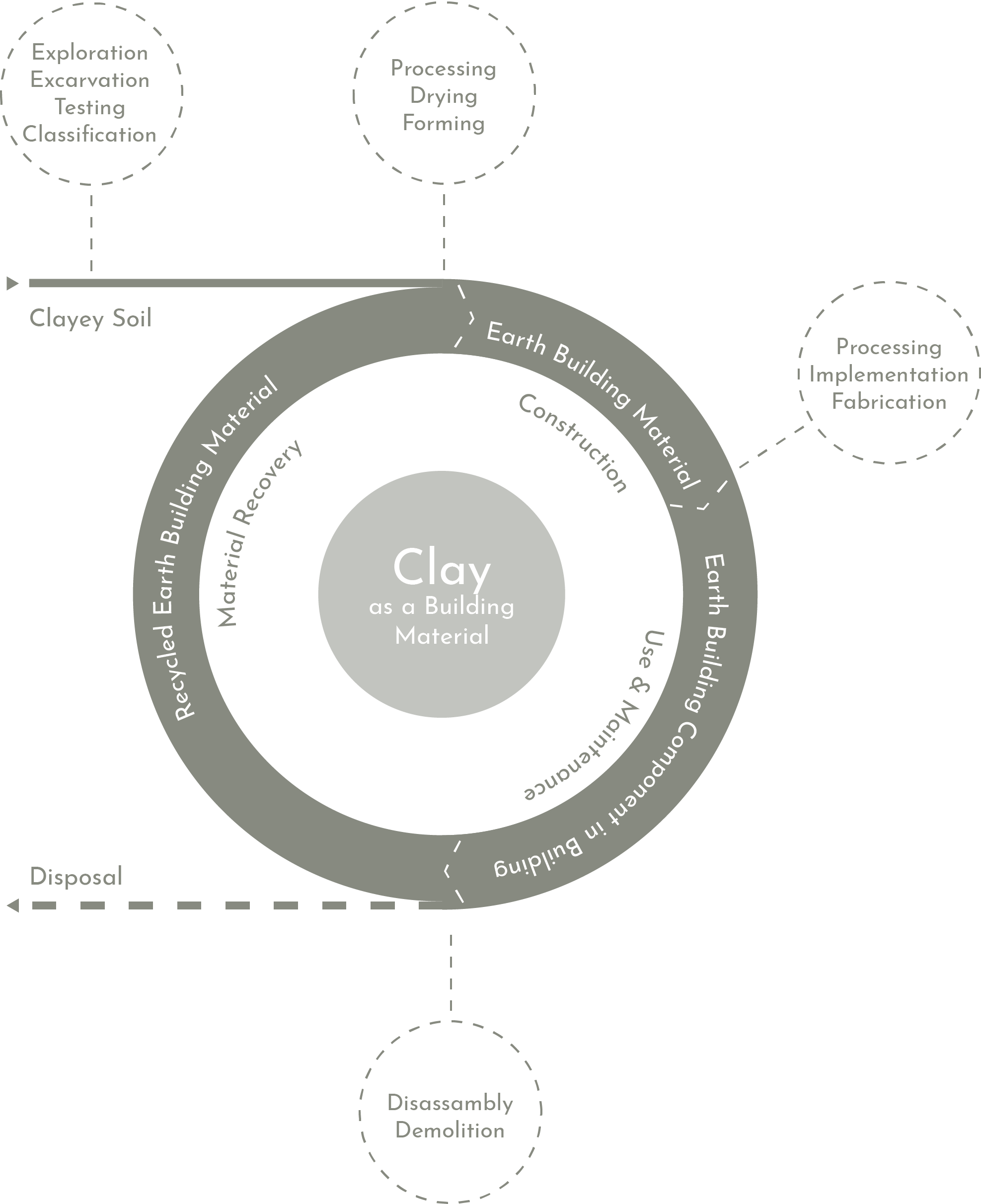
Straw
“It is better, ecologically speaking, to grow wheat and re-thatch a roof every year than it is to cast it from concrete every century.”
(Harper, 2019)

